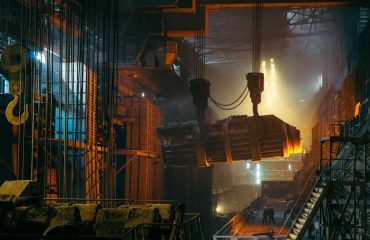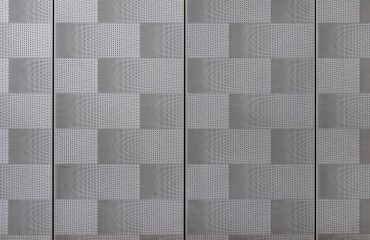Structural steel has been a cornerstone of modern construction for over a century, and for good reason. Its inherent properties make it a superior choice for a wide range of projects, from skyscrapers to bridges to industrial facilities. This comprehensive guide delves into the multifaceted benefits of choosing structural steel, highlighting why it remains a top contender in the construction world.
Unmatched Strength and Load-Bearing Capacity
The most immediate and significant advantage of structural steel is its exceptional strength. Steel possesses a high yield strength, meaning it can withstand substantial loads before yielding or permanently deforming. This high strength-to-weight ratio allows for the creation of lighter yet incredibly strong structures. This is particularly crucial in high-rise buildings, where minimizing weight is essential for foundation stability and overall structural integrity. Compared to other materials like concrete or timber, steel can support significantly heavier loads, making it ideal for large-span structures and projects demanding exceptional load-bearing capabilities. Furthermore, advancements in steel alloys have led to even stronger and more durable materials, pushing the boundaries of what’s structurally possible.
Exceptional Durability and Longevity
Beyond its strength, structural steel boasts remarkable durability and longevity. With proper design, fabrication, and maintenance, steel structures can withstand the test of time, resisting corrosion, weathering, and other environmental factors. Modern steel is often treated with protective coatings like galvanization or paint, significantly enhancing its resistance to rust and oxidation. This extended lifespan translates to reduced maintenance costs and a longer service life compared to many alternative materials. The inherent durability of steel also makes it a resilient choice in challenging environments, including areas prone to seismic activity or extreme weather conditions.
Sustainability and Environmental Considerations
While often perceived as an environmentally unfriendly material, structural steel offers surprising sustainability advantages. Steel is highly recyclable, with a recycling rate exceeding 90% in many developed countries. This significantly reduces the demand for virgin materials, minimizing the environmental impact associated with mining and processing raw resources. Furthermore, the durability and longevity of steel structures translate to a reduced need for frequent replacements, further minimizing the overall environmental footprint. Modern steel production is also becoming increasingly efficient, with advancements in technology leading to lower carbon emissions during the manufacturing process. The use of recycled steel further contributes to the reduction of greenhouse gas emissions associated with steel production.
Versatility and Design Flexibility
Structural steel offers unparalleled versatility in design. Its ability to be easily shaped, formed, and fabricated allows architects and engineers to create complex and innovative structures. Steel can be easily welded, bolted, or riveted, offering flexibility in construction methods and allowing for intricate designs. This versatility extends to the wide range of shapes and sizes available, from beams and columns to plates and sections, enabling the creation of customized structural elements tailored to specific project requirements. This design flexibility is a key reason why steel is favored in projects demanding unique architectural aesthetics or challenging structural configurations.
Cost-Effectiveness and Economic Advantages
While the initial cost of structural steel might seem higher compared to some materials, the long-term economic advantages are undeniable. The durability and longevity of steel structures translate to reduced maintenance costs and a longer service life, resulting in significant cost savings over the structure’s lifespan. The speed and efficiency of steel construction also contribute to cost savings. Pre-fabricated steel components can be assembled quickly on-site, minimizing labor costs and shortening project timelines. This faster construction process allows for quicker project completion and earlier occupancy, leading to further economic benefits. The high strength-to-weight ratio of steel also allows for lighter structures, potentially reducing the cost of foundations and other supporting elements.
In conclusion, the benefits of structural steel are multifaceted and compelling. Its exceptional strength, durability, sustainability, versatility, and cost-effectiveness make it a superior choice for a vast array of construction projects. As technology advances and sustainable practices become increasingly important, structural steel’s role in shaping our built environment is only set to grow.
SEO Tags:
- Structural Steel
- Steel Construction
- Steel Building Benefits
- Advantages of Structural Steel
- Sustainable Steel Construction




